Leg Swelling and Venous Insufficiency: What You Need to Know
- Dr. Soroush Sohrabi

- Aug 23
- 3 min read
Updated: Oct 3
Persistent leg swelling is a common concern, especially in warm climates like Dubai. While several medical conditions can cause swelling, one of the most frequently overlooked causes is chronic venous insufficiency (CVI) a condition that occurs when the leg veins struggle to return blood to the heart, leading to fluid buildup and visible swelling.
Understanding the connection between leg swelling and venous insufficiency is essential for timely diagnosis, proper treatment, and long-term relief.
What Is Chronic Venous Insufficiency?
Chronic venous insufficiency develops when the valves inside your veins become damaged or weak. These valves normally help blood flow upward toward the heart. When they fail, blood can pool in the lower legs, increasing venous pressure and causing symptoms such as:
Pain or heaviness
In severe cases, ulcers
Left untreated, CVI can lead to progressive complications and significantly affect your quality of life.
Why Venous Insufficiency Causes Swelling
When venous valves do not close properly, blood flows backward and accumulates in the veins. This increased pressure forces fluid into the surrounding tissues, resulting in pitting edema—a form of swelling that leaves an indentation when pressed. This can lead to discomfort, limited mobility, and long-term skin changes.
Common Venous Insufficiency Symptoms
Swelling in one or both legs (often near the ankles)
Leg heaviness or fatigue
Itching or irritation
Varicose or spider veins
Pain that worsens with prolonged standing
Skin thickening, darkening, or eczema-like changes
Leg Swelling and Venous Insufficiency - Who Is at Risk?
The risk of venous insufficiency and leg swelling is higher in individuals with the following factors leg vein problems:
Age over 50
Pregnancy
Family history of vein conditions
Prolonged standing or sitting
Obesity or sedentary lifestyle
Diagnosing Leg Swelling in Dubai
If you’re experiencing unexplained or persistent swelling, a vascular assessment is strongly recommended. Dr. Soroush Sohrabi performs a Doppler ultrasound, the gold standard test for detecting venous reflux and assessing blood flow.
Treatment Options Available in Dubai
Dr. Soroush Sohrabi, provides tailored varicose veins treatment Dubai plans based on the severity of your venous insufficiency. Options include:
Compression Therapy – First-line conservative management
Endovenous Laser Ablation (EVLA) – Minimally invasive laser-based technique
Radiofrequency Ablation (RFA) – Image-guided thermal treatment
ClariVein® (MOCA) – Non-thermal, no-needle option
Sclerotherapy – For small veins and early-stage disease
Preventing Leg Swelling and Vein Problems
To reduce your risk of CVI and manage existing symptoms:
Avoid long periods of standing or sitting
Elevate your legs regularly
Wear compression stockings when advised
Stay physically active with walking or swimming
Maintain a healthy weight
When to See a Vascular Specialist
If your leg swelling is persistent, painful, or associated with skin changes, it’s time to seek expert evaluation. Early diagnosis allows for more effective treatment and reduces the risk of complications.
📞 Book a consultation with Dr. Soroush Sohrabi – Consultant Vascular & Endovascular Surgeon in Dubai.
Final Thoughts
Leg swelling is not just a cosmetic issue—it can be an early warning sign of chronic venous disease. Fortunately, with accurate diagnosis and a wide range of modern treatments available in Dubai, you can restore healthy circulation and avoid long-term damage.
If you’re struggling with spider or varicose veins, consider consulting a specialist for the right treatment plan tailored to your needs. Dr. Soroush Sohrabi offers advanced options for both sclerotherapy and varicose veins treatment Dubai, helping you achieve healthier, more confident legs.
📞 Book your consultation today and take the first step toward healthier, vein-free legs in Dubai.





